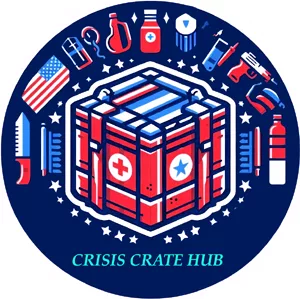Table of Contents
Welcome & Introduction
Hello there! I’m Shannon, and I’m thrilled to welcome you to Crisis Crate Hub. Driven by a lifelong passion for survival and emergency preparedness, I created this space to guide and empower you before, during, and after unexpected challenges. While you’re here don’t forget to check out our Monthly Newsletter the Crisis Crate Chronicles !
What We Offer
Practical, accessible resources to help you prepare for real-world threats:
- Natural Disasters (floods, wildfires, hurricanes, earthquakes)
- Technological & Chemical Emergencies
- Biological Threats
- Special Topics like “Pets in Emergencies,” with tips such as starting with a pet emergency kit containing essentials like food, water, medications, and a comfort items
Why It Matters
Preparedness is more than knowledge—it builds confidence and peace of mind. Crisis Crate Hub is here to make proactive safety feel simple, supportive, and achievable.
Take Action
- Explore Resources: Browse guides and checklists tailored to different scenarios.
- Get Prepared Today: Start building or enhancing your emergency plan or kit.
- Download: Explore our various downloadable guides and checklists
